Time of Flight sensor de distancia have become essential tools in modern sensing technology, especially in fields demanding precise depth measurements. Whether you’re building a robot that navigates autonomously or an AR system that needs accurate spatial data, understanding Sensores ToF puede be a game-changer.
In this article, we’ll explore the operating principles of ToF sensors, compare them with other medición de la distancia techniques, look into real-world applications like robotics and liquid level monitoring, and address how to minimize issues like multi-path interference.
What Is a Time of Flight Distance Sensor?
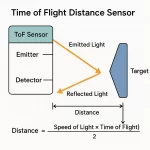
A Time of Flight distance sensor measures the time it takes for a light pulse—usually from a laser or LED—to travel from the sensor to the target and back. This round-trip time is used to calculate the distance based on the speed of light.
Formula:
Distancia = (Velocidad de la luz × Tiempo de vuelo) / 2
Compared to phase-based or triangulation methods, Time of Flight distance sensor offer several advantages:
| Método | Gama | Precisión | Velocidad |
|---|
| ToF | Long (up to several meters) | High (cm-level) | Fast (real-time) |
| Cambio de fase | Moderado | Higher in short-range | Moderado |
| Triangulación | Short (<1m) | High in short-range | Slower (requires image processing) |
Time of Flight distance sensors are particularly well-suited for real-time 3D mapping, making them ideal for dynamic environments.
Applications of Time of Flight distance sensor in the Real World
ToF sensores de distancia are not just theoretical marvels—they’re actively powering next-gen technologies.
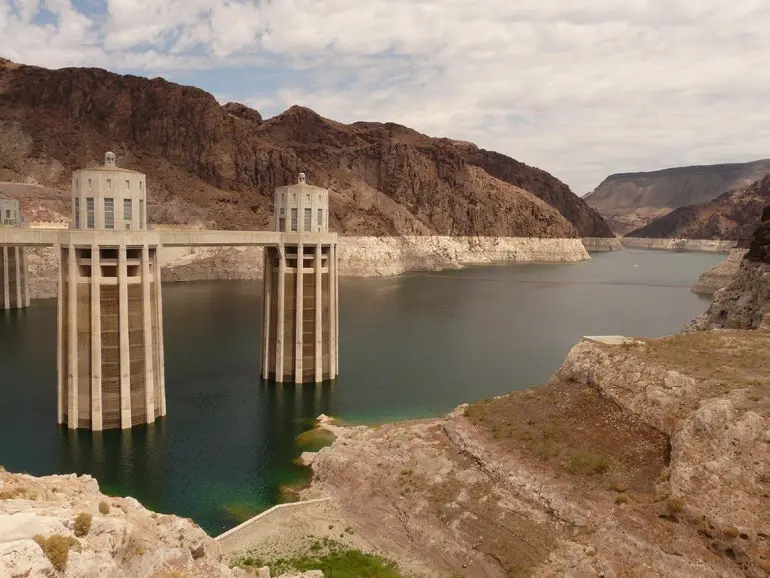
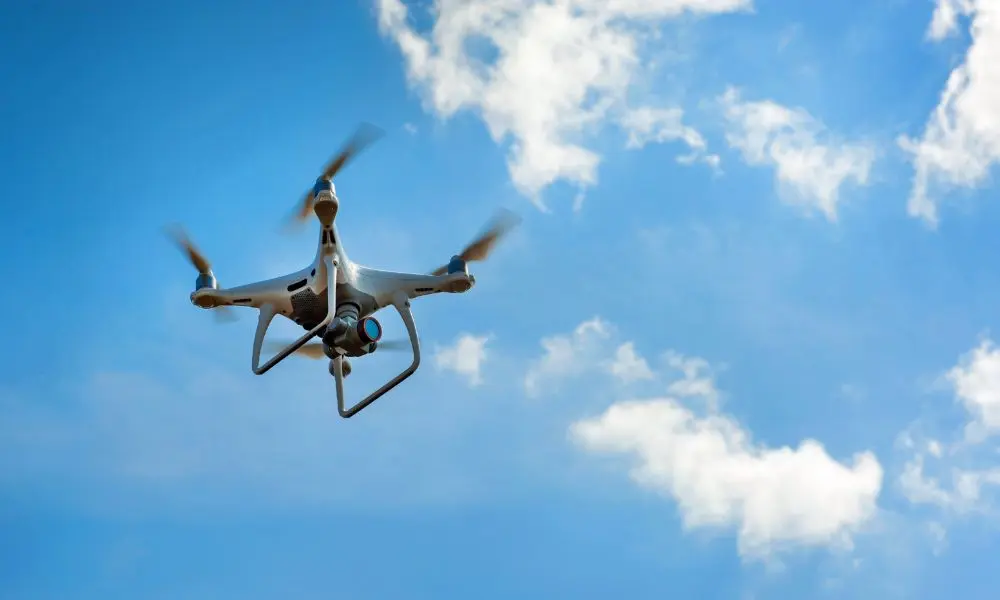
 Telémetro láser para la caza
Telémetro láser para la caza
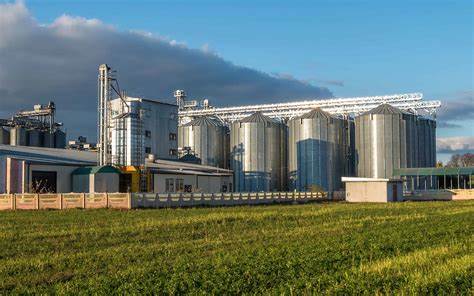 Medición de la altura Sensors for Grain Storage
Medición de la altura Sensors for Grain Storage
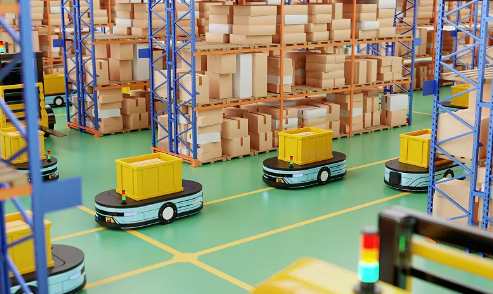 Alcance láser aplicaciones
Alcance láser aplicaciones
 Sensor de medición de distancia
Sensor de medición de distancia
1. Robotics: Obstacle Avoidance and Navigation
Robots equipped with ToF distance sensors for robotics can dynamically detect and avoid obstacles, even in complex indoor environments. With fast response times and wide field-of-view options, these sensors enhance safety and autonomy.
2. AR/VR: 3D Depth Sensing
In Augmented and Virtual Reality, 3D Time of Flight sensors are used to capture spatial depth in real-time. This enables better object anchoring, gesture tracking, and environmental interaction for users.
3. Liquid Level Monitoring
ToF sensors can accurately measure the distance from the sensor to the surface of a liquid, offering non-contact, hygienic monitoring for industrial and consumer applications.
Solving the Multi-Path Interference Challenge
One of the major limitations of ToF sensors is multi-path reflection, where the emitted light reflects off multiple surfaces before returning to the sensor, causing inaccurate measurements.
Techniques to Reduce Interference:
- Advanced Filtering Algorithms: Using temporal and spatial filters to identify and suppress spurious signals.
- Sensor Positioning: Avoiding corners and reflective surfaces that amplify indirect paths.
- Use of Multiple Sensors: Cross-referencing data from multiple ToF modules helps eliminate false readings.
Conclusion: Are ToF Sensors Right for Your Application?
If your project requires fast, accurate, and compact distance measurement solutions, ToF sensors offer a compelling mix of performance and integration flexibility. While not immune to challenges like multi-path interference, modern ToF technologies continue to evolve rapidly—especially with AI-enhanced signal processing.
For developers, engineers, and product designers, ToF sensors are opening the door to smarter, safer, and more immersive systems.